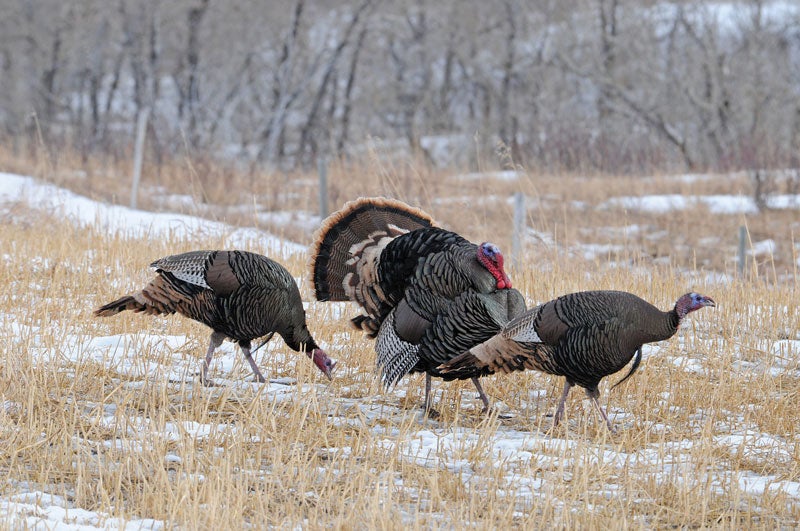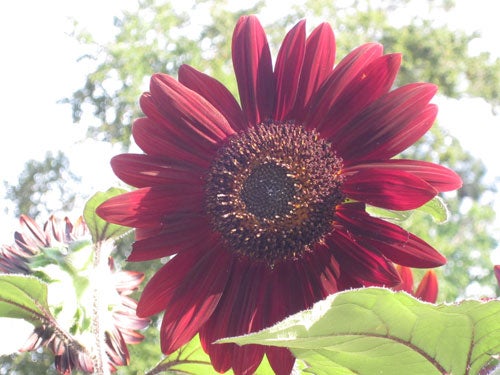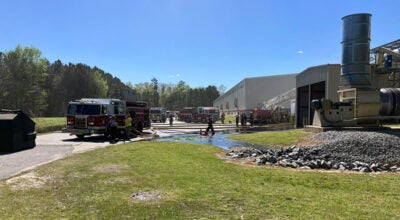Native plants, insects sustain wild turkeys
Published 8:32 pm Monday, November 23, 2020

- Virginia was one of those first states to institute research programs to bring the wild turkey back from the brink of extinction. -- Courtesy Shutterstock
|
Getting your Trinity Audio player ready...
|

The wild turkey is attracted to sunflower seeds in a backyard habitat setting. — Submitted Kristi Hendricks
By Kristi Hendricks
We spend happy moments talking about the turkey in the run up to Thanksgiving time. How moist and tender the bird will be. The garden herbs such as sage and winter savory to be selected to season the roast. With just the right carving technique, the wishbone will pop out in one piece to offer a friendly mealtime challenge. These are all mouthwatering discussions to have with family, friends and neighbors.
Yet during this important national holiday season let’s also focus on what the American wild turkey eats and our cultivation of native grasses, vines, shrubs and trees to sustain this beautiful bird in its natural habitat. Article 420-138 in the public Virginia Cooperative Extension website offers a “Landowner’s Guide to Wildlife Abundance through Forestry” for a specific look at plant succession needed for a wild turkey to thrive.
For a bit of background, our wild turkey is native only to North and Central America. By the early 1900s, the wild turkey population was nearly wiped out of existence. But resulting from the dedication of significant conservation efforts, there are now millions of turkeys roaming the untamed woodlands and river bottoms across our great nation. Virginia was one of those first states to institute research programs to bring the wild turkey back from the brink of extinction.
In autumn, the wild turkey needs mature timber stands for food and roosting sites high in the trees for protection. In late winter and spring when they are hunting insects, spiders and other invertebrates for their young, nearby open grassy and agricultural areas are needed to support their diet. Hardwood buffers (called leave strips) along waterways provide cool water habitats, foraging opportunities and nesting spots while significantly reducing soil erosion.
The mixed forest of the Tidewater Coastal Plain has just what a wild turkey desires. Wild turkeys enjoy a hearty feast of acorns while finding beech and hickory nuts also to their taste. Many fall-ripened native berries and pods of seeds round out their diet. Wild grapes make the perfect dessert to top off a hungry turkey’s meal.
Here are a few turkey tidbits to whet the appetite. A baby turkey is called a poult. While the female is referred to as a jenny, a young male is a jake. Adult females are hens; mature male turkeys are toms or gobblers. Wild turkeys group as a flock; a group of domesticated turkeys are known as a rafter or gang. A wild turkey can both run and fly with considerable speed despite their girth. Turkeys talk in gobbles, purrs and even yelps.
The VCE publication offers a broader review of wildlife habitat enhancement practices for the home conservationist. Publications are available online for all readers.





